It all started with me being a bit sceptical about the colour of a hackle. It looked a bit too intense. English not being my first language, I would have called the colour of the hackle purple, but the pattern said mauve. Mauve? I've never heard of that colour before,
OK, it's not the prettiest fly. The head is too big and the wing is collapsed etc., but the fly, a Silver Wilkinson, gave me a fine little interesting story about chemistry, malaria, fashion and Queen Victoria in the late 19th century. Amazing what information tying flies can uncover.
It all started with me being a bit sceptical about the colour of the hackle. It looked a bit intense or modern for classic salmon flies.
English not being my first language, I would have called the colour of the hackle purple, but the pattern said mauve. Mauve? I've never heard of that colour before, so I began at little research.
It turned out, that the colour, or rather colouring, with the colour mauve, was discovered in 1856, so no problem using the colour in classic salmon flies.
Mr. Perkins
In 1856 William H. Perkins, then 18, was given a challenge by his professor to synthesize quinine. Quite a challenge for a young research assistant, but Perkins had started his studies of chemistry at the precocious age of 15 and the ability to synthesize quinine would have been quite profitable.
Quinine is used in medicine to treat malaria, not to mention in minute quantities in tonic water for your GT's, and it was only available from bark from trees in the Caribbean, so the market for synthesized quinine, made in England, was definitely there in the English empire in 1856.
Perkins didn't succeed in making synthesized quinine, but one of his experiments left a dark residue that turned purple when diluted with alcohol.
The dye turned out to be quite suitable for colouring silk and textiles as it was very intense and stable when exposed to light and washing. Perkins had discovered the first chemical dye.
Quinine is used in medicine to treat malaria, not to mention in minute quantities in tonic water for your GT's
With the help from family and friends, Perkins was able to get the patent for the process and raise the capital to start production, quite an achievement for an 18 year old, since 21 was the minimum age for owning a patent at that time.
Perkins became rich when mauve became the colour for all the fashionable ladies, especially after Queen Victoria also appeared in a mauve coloured gown. The 1890's are sometimes referred to as the Mauve Decade.
Tying a bit with mauve colored hackle:
- Log in to post comments


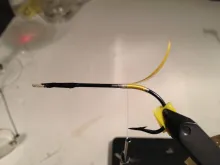
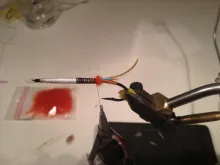

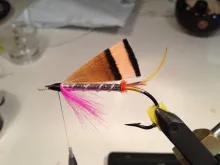

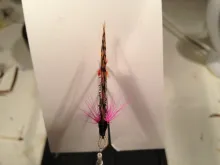
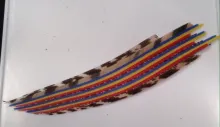


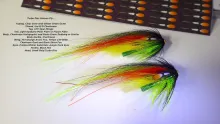
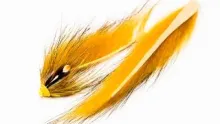

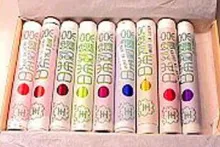
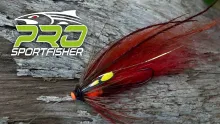
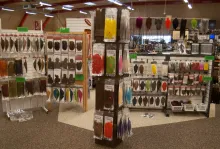

Perkins was studying
Perkins was studying chemistry at King's College, but he actually synthesized the color mauve in his room in his parents home. Its a wonder that he didn't burn the house down. Mauve was the first synthetic color, and its creation and commercial success launched the creation of synthetic chemistry around the world. Even though he didn't synthesize quinine, many of these new dye companies became pharmaceutical companies. One of them, Bayer, in Germany was the first to synthesize a drug, aspirin.